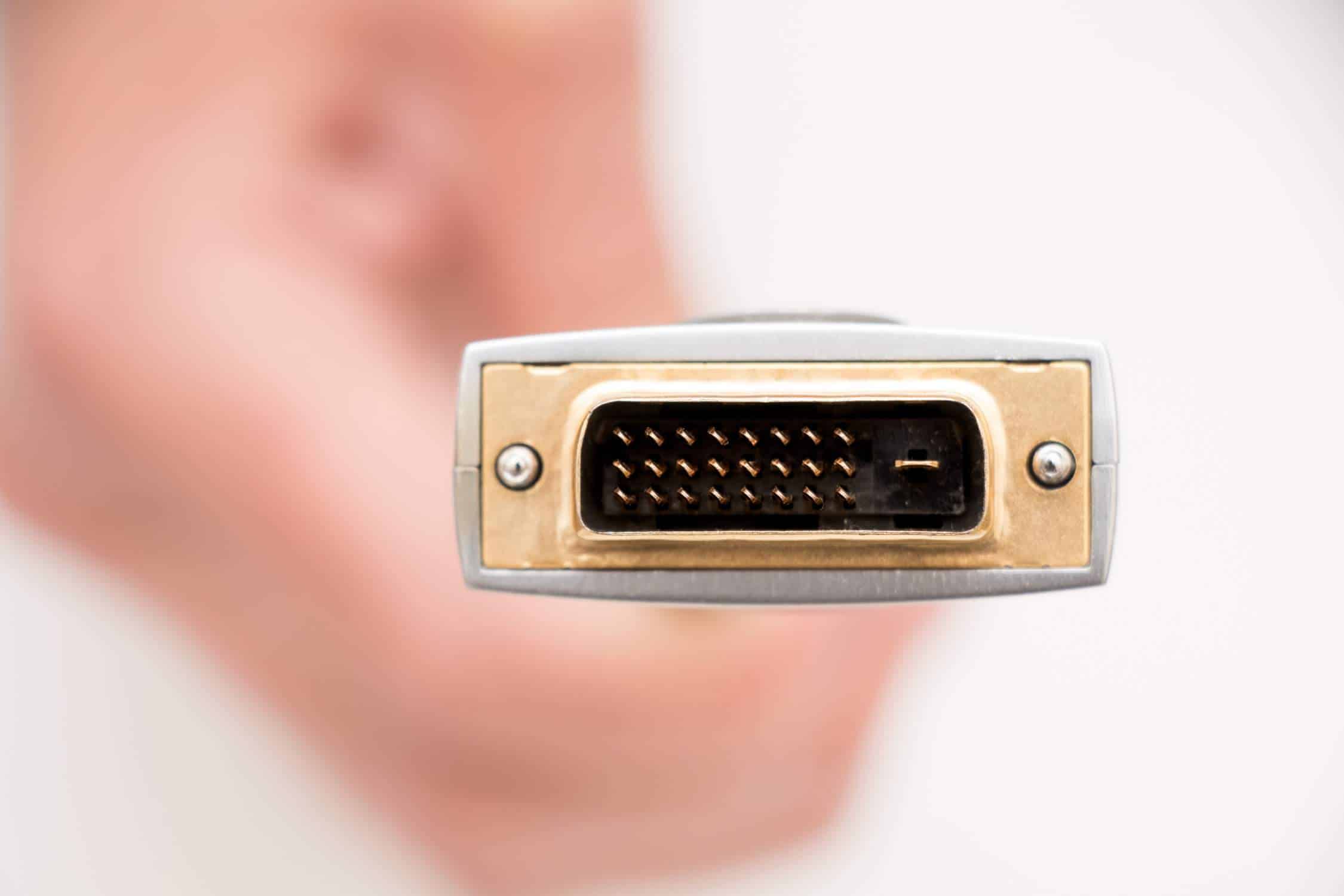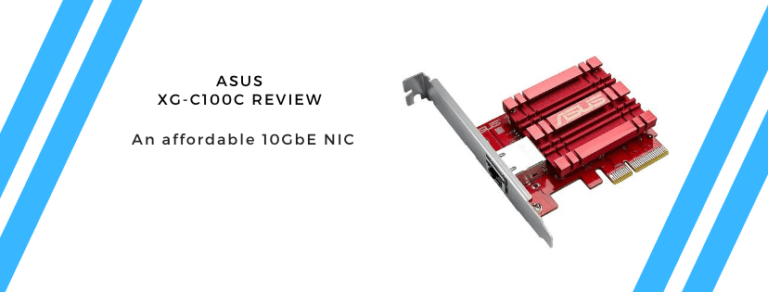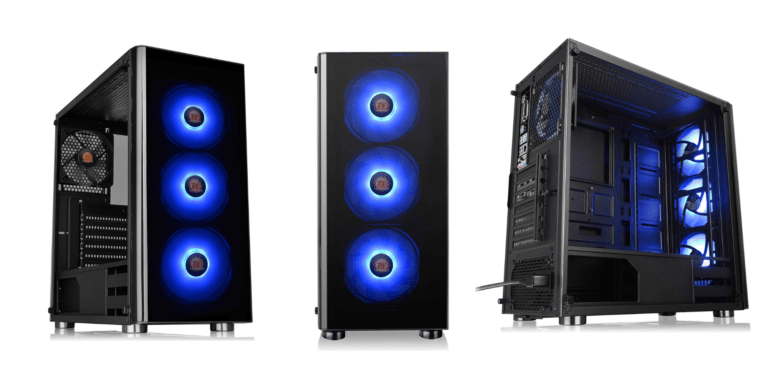Any links to online stores should be assumed to be affiliates. The company or PR agency provides all or most review samples. They have no control over my content, and I provide my honest opinion.
The evolution of computer displays is nothing short of incredible. Just over 30 years ago, computer displays were simple and to the point. They were also not very good, limited to just a handful of pixels that limited the overall image quality.
As time and technology have evolved, new display types have come to the forefront. For a long time, one of those has been the Digital Visual Interface (DVI). Though there are others out there that may be better for high-performance, there are plenty of reasons why you should be using DVI cables for your setup.
DGI vs. VGA
For a long time, the debate was, “Do I use DVI or VGA?” Before you go buying a DVI cable from RS, it helps to know how they compare to one another. In the modern tech world, display is everything. Being able to see everything in crystal clarity is critical and compromises should not have to be made.
VGA is largely being phased out but you can still find them for some projectors, old monitors, and a few televisions. That’s because most of today’s devices have a digital interface, which plays right into the hands of DVI cables. Using VGA will simply produce a lower video quality than you would find in the average DVI cable.
VGA has a maximum resolution of 640 x 480, with a maximum refresh rate of 60 Hz. On the other hand, DVI can support around the same refresh rate but offers 1920 x 1200 pixels for single-link DVI and 2560 x 1600 resolution for dual-link DVI. Because of DVI and HDMI, VGA has become all but obsolete.
VGA/DVI Converters
If you still have VGA connections but want to use a DVI cable or connect to a card that has DVI, then you will need to have a converter. These are simply known as VGA to DVI converters and can be found rather easily online and at some electronics retailers.
The most common you’ll find is DVI male to VGA female. Basically, it means that the DVI end goes into the DVI port on the video card while the VGA end goes into the external display device (TV, monitor, whatever).
The Major Advantages of Using DVI
When looking at DVI, not only in comparison to VGA but in general, it helps to know what the major reasons are for using them. As it turns out, there are three major advantages that you can garner from using it as your display cable.
HDCP Protocol
Though this is becoming less and less of an issue due to streaming and changes in how we reach the internet, this is a benefit that using DVI can offer. HDCP protocols basically protect certain copyright digital material and make it safe to transmit from one source to your device. Again, this isn’t common and might not really be much of an issue anymore.
Faster Transmission Speed
Any cable that you use is transferring data from your device to the display. Because DVI does not have to perform any signal conversions, it transmits data at a much faster rate. For that reason, colours are purer and the speed is far faster than something like VGA. It also gets rid of the “smear phenomenon,” where colours can become distorted and appear smeared.
Clearer Picture
Computers transmit what is known as a binary digital signal into your display. For other cable types, like VGA, a conversion has to happen before those colours are converted through your graphics card. DVI doesn’t do transmissions, which means no potential signal loss, better image clarity, and a much higher detail expression.
I am James, a UK-based tech enthusiast and the Editor and Owner of Mighty Gadget, which I’ve proudly run since 2007. Passionate about all things technology, my expertise spans from computers and networking to mobile, wearables, and smart home devices.
As a fitness fanatic who loves running and cycling, I also have a keen interest in fitness-related technology, and I take every opportunity to cover this niche on my blog. My diverse interests allow me to bring a unique perspective to tech blogging, merging lifestyle, fitness, and the latest tech trends.
In my academic pursuits, I earned a BSc in Information Systems Design from UCLAN, before advancing my learning with a Master’s Degree in Computing. This advanced study also included Cisco CCNA accreditation, further demonstrating my commitment to understanding and staying ahead of the technology curve.
I’m proud to share that Vuelio has consistently ranked Mighty Gadget as one of the top technology blogs in the UK. With my dedication to technology and drive to share my insights, I aim to continue providing my readers with engaging and informative content.







